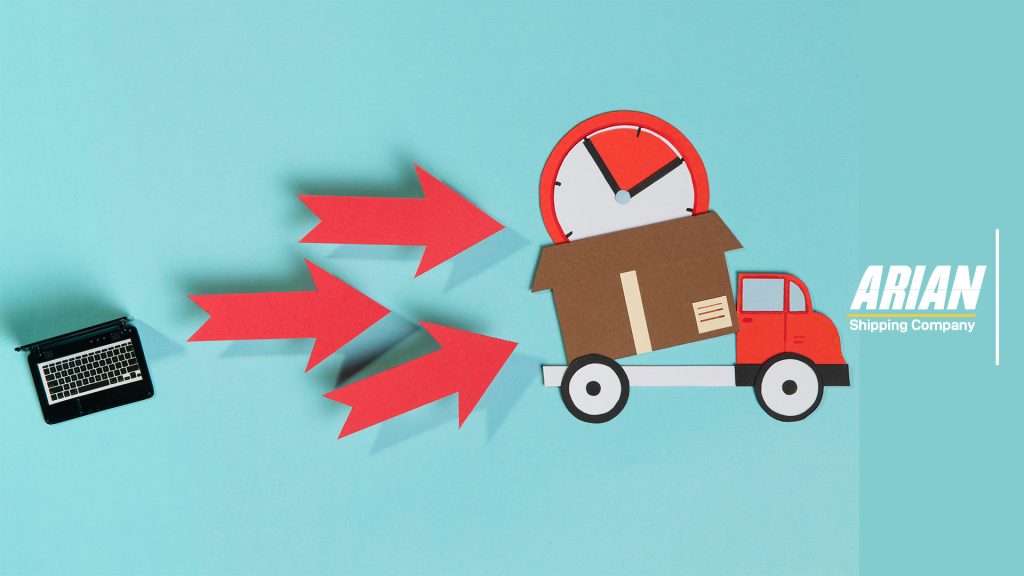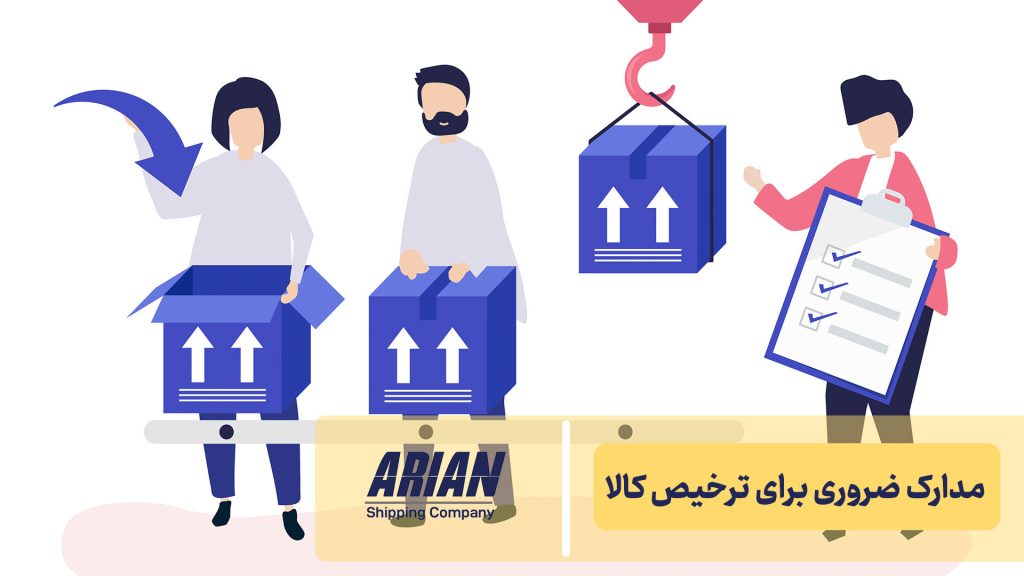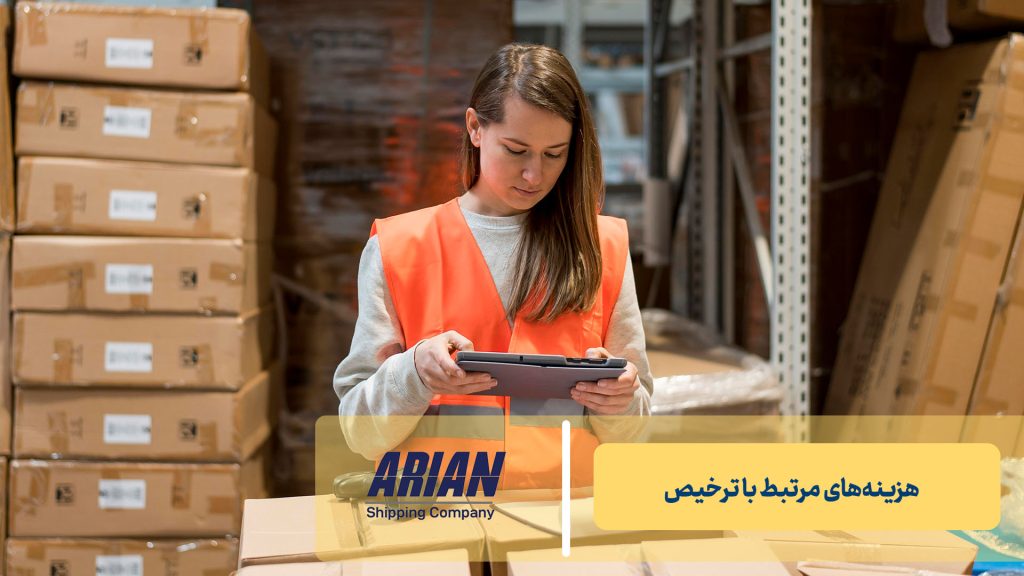
Customs Clearance Process: What You Need to Know
Crossing international borders can be complex, and sometimes confusing, especially if you’re dealing with customs clearance for the first time. Whether you’re a business owner or an individual receiving a package from abroad, understanding how the clearance process works helps you avoid costly delays and unexpected complications.
In this guide, we’ll walk you through the customs clearance process in simple terms, from the required documents to potential fees and practical tips to prevent delays.
What Is Customs Clearance?
Customs clearance is the official process that allows goods to legally enter or exit a country. It enables governments to monitor trade activities, prevent the import of restricted goods, and collect applicable taxes and duties.
Every shipment that crosses a border, regardless of its type or value, must go through this process.

Essential Documents for Customs Clearance
Having accurate and complete documentation is the first step toward a smooth and fast clearance. The most common documents include:
Commercial Invoice: Contains a detailed description of the goods, quantity, actual value, and country of origin.
Packing List: Specifies packaging details, dimensions, and weight.
Bill of Lading (B/L): The transportation document and contract between the shipper and the carrier.
Special Permits: Required for sensitive goods such as pharmaceuticals, medical equipment, food items, or restricted imports.
Step-by-Step Customs Clearance Process
Document Submission: The importer or customs broker submits all necessary documents to the destination country’s customs office.
Inspection & Risk Assessment: Customs decides whether a physical inspection is required based on risk analysis.
Calculation of Duties and Taxes: Based on the product’s value, tariff code, and country of origin.
Payment & Release: Once duties and taxes are paid, customs issues the release order for the goods.
Common Reasons for Customs Delays
-
- Incomplete or mismatched documentation
- Incorrect HS Code (tariff classification)
- Understated product value
- Lack of permits for restricted items
Tip: Work with professional customs brokers, prepare a document checklist, and research the import regulations of your destination country in advance.

Costs Associated with Customs Clearance
Import Duties: Vary depending on the type and origin of the goods.
Value Added Tax (VAT): Applied to the total customs value in many countries.
Customs Broker Fees: Typically range from $50 to $200, depending on shipment complexity.
The Role of Technology in Modern Customs Clearance
Many countries now use electronic systems for document submission, risk assessment, and online payments. Programs such as Trusted Trader offer faster clearance for importers with a solid compliance record.
Working with a Customs Broker
Partnering with an experienced customs broker is highly recommended, especially for complex or restricted shipments. They are familiar with up-to-date regulations and can handle the process more efficiently, accurately, and with less risk.
Need Assistance with Specialized, Bulk, or Industrial Shipments?
Arian Logistics is your reliable partner for international transportation and customs clearance — ensuring your cargo moves smoothly across borders.
Contact us today.
Ready to move your goods across global markets?
We're here to guide you through every stage — from choosing the best route to handling documents and delivering flawlessly.